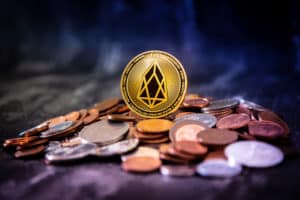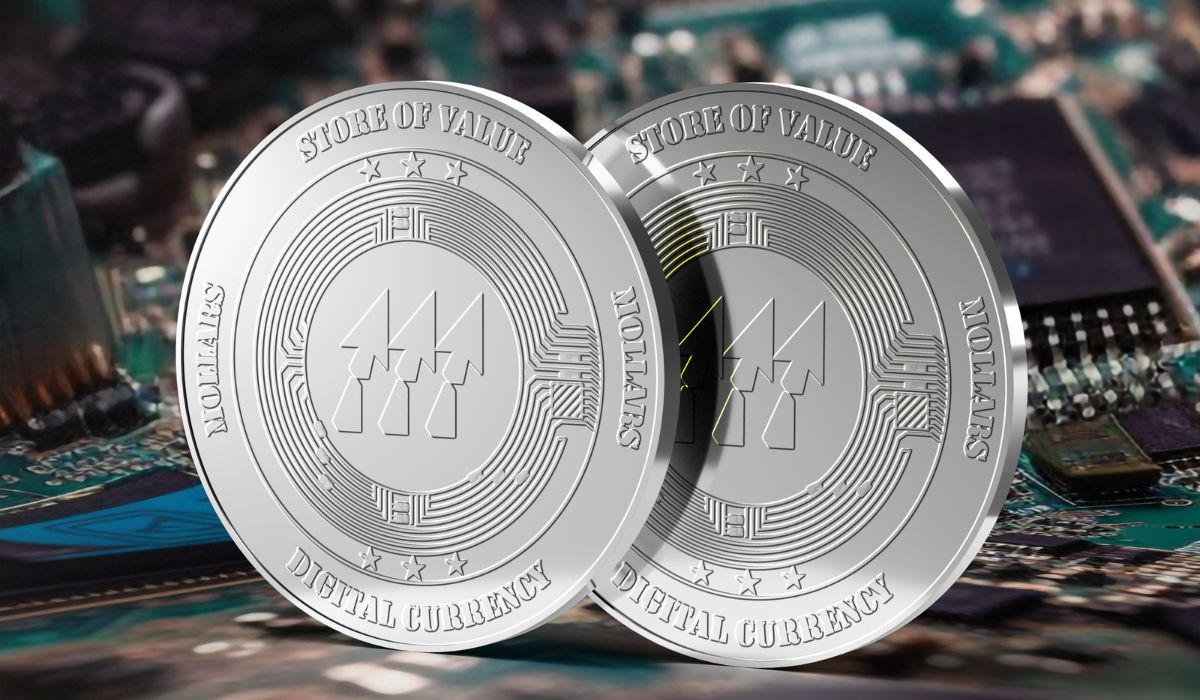
2018-7-18 11:30 |
One of the important factors that determine if a blockchain project makes a worthwhile investment is its token economy. When a project is set to hold a token sale, its white paper should specify how it will create a healthy balance between supply and demand of tokens. One that boosts their price.
Blockchain investment expert Nick Evdokimov recently talked about a key factor in how a token economy can actually produce these gains for a project’s investors. He makes it clear that having a business model that is truly token-based is essential to the creation of natural demand. There should be a real need for the project’s tokens embedded in its operations. More so, a successful token-based business model can also determine how much the project can foster this balance between supply and demand.
To asses this, Nick advises investors to look at the project’s policy in regards to reducing the number of tokens in circulation. The reason why this plays a role is that circulation reduction introduces scarcity. The less tokens are available on the market, the more value one token has. Therefore, when natural demand for a token grows, the token’s price will increase even more if supply is reduced.
There are two main tools to reduce the number of tokens in circulation. These are called token burn and token holding. Blockchain projects can employ both to varying degrees to ensure that their investors accrue long-term value on the tokens they hold.
A token burn is simple. It happens when the project buys back a number of its own tokens that are in circulation. Then it destroys them or makes them unspendable. This lowers the total number of tokens that are on the market and makes the remaining tokens more valuable, especially when there is high demand. Token burns can be done as often as necessary.
For example, if a blockchain project offers users a payment service, it could do so by charging a percentage on each transaction in the form of a commission. These earned commissions can then be used for a token burn. By doing so, the project would reduce the supply of tokens and increase how much each remaining token is worth. This does not affect the commission itself since the token will simply be worth more and less tokens will be needed to pay for an equivalent percentage of each transaction.
On the other hand, token holding happens when a project’s own token economy produces a temporary unavailability of tokens. It works when the structure of the service is such that its turnover is held in tokens for extended periods of time. This can be seen in different cases such as token economies that involve staking as well as those that offer escrow services.
A great example of this tool is mentioned by Nick. Blockchain AgTech company Pavo allows farmers to sell futures on their products. These are bought by users of the platform who wish to obtain a farmer’s crops at a discount through early purchase. Since buyers pay in advance, a portion of their payment is given to the farmer while another portion of the payment is destined for escrow until the time of harvest.
These escrows are held in the form of Pavo’s own pavocoins. In this case, while pavocoins are constantly in demand, all of Pavo’s turnover is constantly put on hold for periods of up to four months. This reduces circulation and increases pavocoin’s price. More so, Pavo also destines 100 percent of its revenue to token burns. Every time a farmer’s future is bought, the platform charges a commission that is then used to burn pavocoins, much like in the first example.
Together, the use of these tools to reduce the number of tokens in circulation protect token holders. Any serious project will use them to influence the supply of a token and aid natural demand. Blockchain investors should always evaluate how they fit into each project.
Disclaimer: This information is the opinion of the provider and is for informational purposes only. It is not intended as and does not constitute investment advice or legal or tax advice or an offer to sell any securities to any person or a solicitation of any person of any offer to purchase any securities. This information should not be construed as any endorsement, recommendation or sponsorship of any company or security. There are inherent risks in relying on, using or retrieving this information. Seek the advice of professionals, as appropriate, to evaluate any opinion, advice, product, service or other information provided.
The post Blockchain Expert Explains Tools to Reduce Token Circulation appeared first on NewsBTC.
origin »Waves Community Token (WCT) на Currencies.ru
|
|








